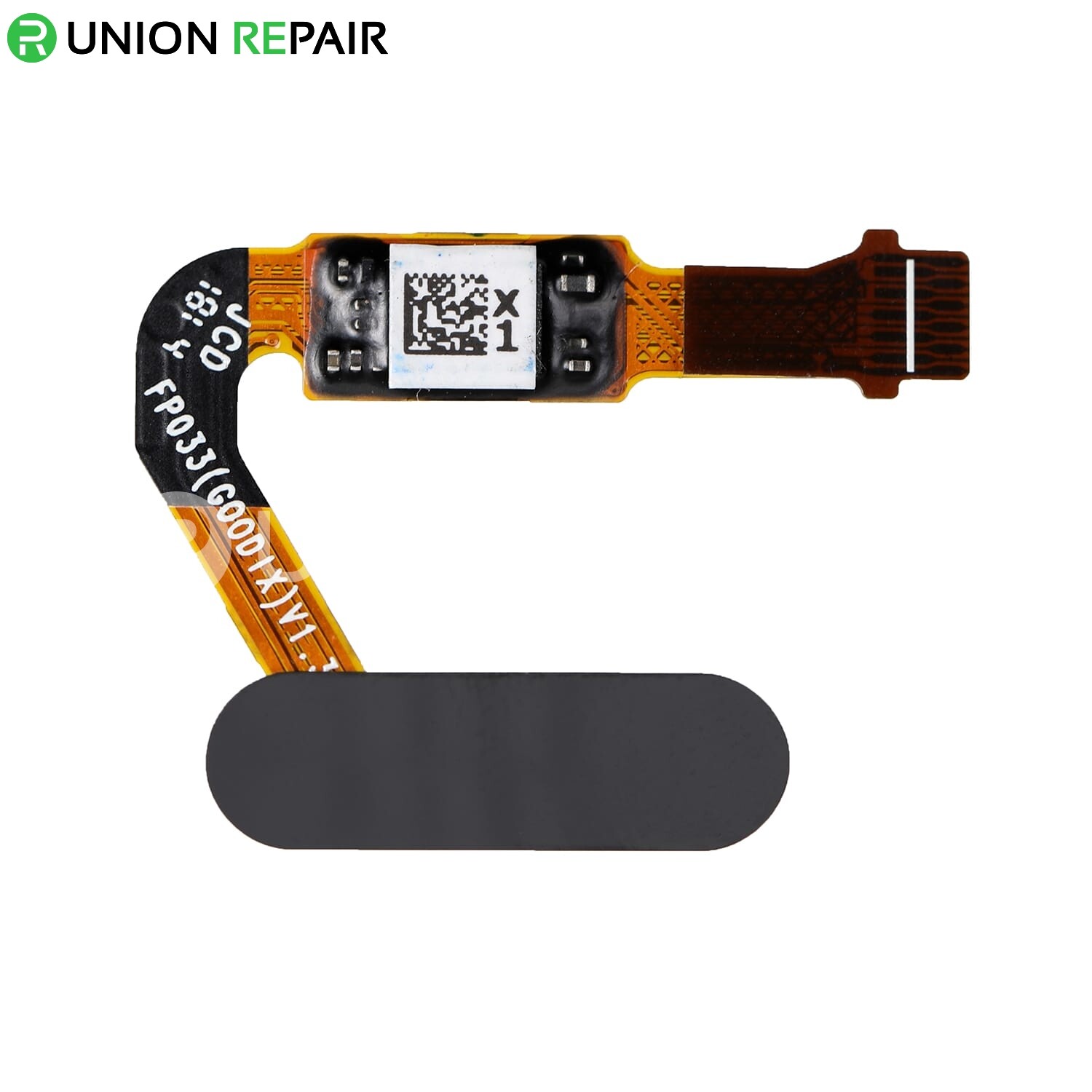Email format error
Email cannot be empty
Email already exists
6-20 characters(letters plus numbers only)
The password is inconsistent
Email format error
Email cannot be empty
Email does not exist
6-20 characters(letters plus numbers only)
The password is inconsistent

News

The Evolution of Huawei Phones: The Removal of the Physical Home Button
In recent years, Huawei phones, including the popular Huawei P30 Pro, have made a significant change in their design by eliminating the traditional physical home button. Instead, they have embraced on-screen navigation buttons or gesture controls. This shift has sparked numerous discussions among smartphone enthusiasts about the benefits and drawbacks of removing the physical home button. In this blog post, we will explore this topic and shed light on the implications of this design choice.
The Advantages of Removing the Physical Home Button
1. Increase the Screen Real Estate
By eliminating the dedicated button, Huawei phones can offer users a larger display area, providing a more immersive and visually appealing experience. This is particularly advantageous for multimedia consumption, gaming, and browsing, as users can enjoy content without any obstructions.
2. The Flexibility and Customization in On-screen Navigation Button or Gesture Controls
Huawei phones allow users to customize the layout and appearance of the on-screen buttons, tailoring them to their preferences. Additionally, gesture controls provide a more intuitive and fluid navigation experience. Users can swipe, pinch, or perform other gestures to navigate through apps and menus, enhancing the overall user experience.
The Disadvantages of Removing the Physical Home Button
1. Tactile Feedback Loss
Physical buttons provide a satisfying click or press sensation, which many users find reassuring and comfortable. With on-screen buttons or gesture controls, this tactile feedback is absent, and some users may miss the physical interaction.
2. The Learning Curve Associated with the New Navigation Methods
Users who are accustomed to the physical home button may need time to adapt to the on-screen buttons or gestures. It may take some practice and adjustment to become proficient in using these new navigation methods effectively.
Additionally, the absence of a physical home button raises questions about the integration of other features. In the past, Huawei phones often incorporated fingerprint sensors within the home button, providing a convenient and secure unlocking method. With the removal of the physical button, Huawei has introduced in-display fingerprint sensors or alternative biometric authentication methods, such as facial recognition. While these alternatives offer convenience, some users may still prefer the familiarity and reliability of the physical fingerprint sensor.

In conclusion, the removal of the physical home button in Huawei phones marks a significant shift in smartphone design. While it offers benefits such as increased screen real estate and customization options, it also presents challenges such as the loss of tactile feedback and the need for users to adapt to new navigation methods. Huawei’s decision to embrace on-screen navigation buttons or gesture controls reflects the company’s commitment to innovation and providing users with a modern and immersive smartphone experience.
As technology continues to evolve, it is essential for smartphone manufacturers like Huawei to listen to user feedback and strike a balance between innovation and user preferences. Whether it’s the traditional physical home button or the modern on-screen navigation buttons and gesture controls, the ultimate goal is to provide users with a seamless and intuitive user experience.
